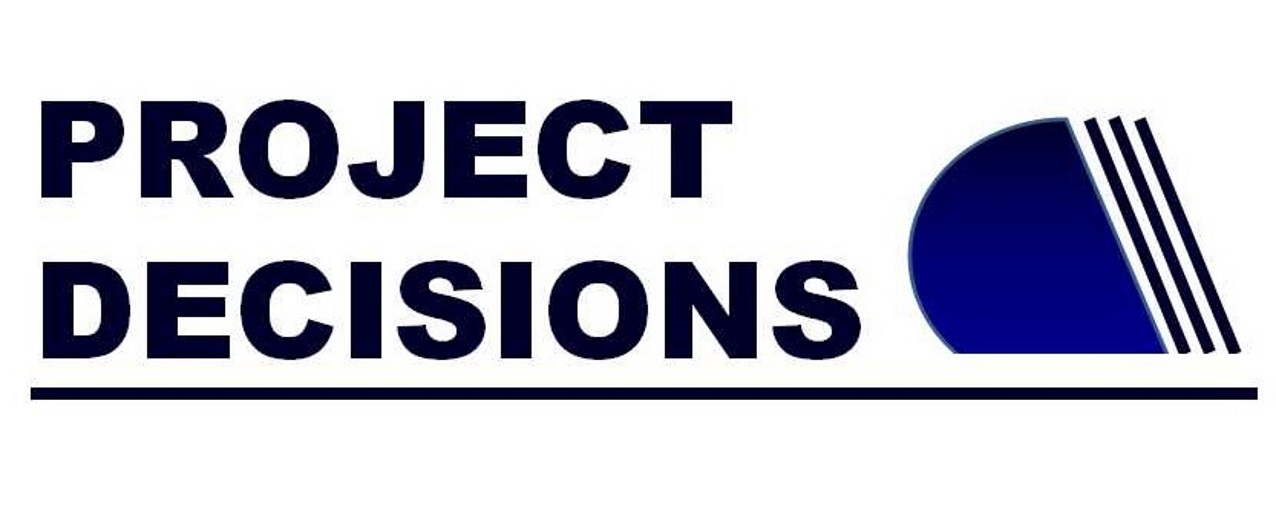You left for the airport two hours early, but were then stuck in traffic and missed your flight. You borrowed tens of thousands of dollars to open a restaurant that specializes in perogies, but no one was interested. You hired a programmer to develop new CRM software, but he spent more time messaging his new girlfriend than on his work and the project was delayed indefinitely.
All these things are characterized by two words: stuff happens. “Stuff happens” could be due to your own mistakes, but it could be due to events outside of your control. Regardless of why “stuff happens” is a source of a huge burden on our life. Imagine a world without risk, we would save not only huge amounts of time and money, but also reduce our stress and improve our quality of life. Alas, life is not without risk, so the question is “Can we do something about these risks?” The short answer is yes, we can. We can identify, analyze, and manage them in such a way that when done properly, it will greatly improve our project’s chances of success.
If you want to be successful in your personal and professional life including your projects, you need to know the answers to these three questions:
- What could happen?
- What is the probability that it could happen and what will be the impact?
- What can you do about it?
This book is the third in our series about project risk and decision analysis and project risk management. The first book “Project Decisions: The Art and Science” (Virine and Trumper, 2007) is focused on project decision analysis. The second book called “ProjectThink Why Good Managers Make Poor Project Choices” (Virine and Trumper, 2013), where we covered the psychology of project risk management. This book is about project risk analysis or the process of determining project risk probabilities and impacts, risk prioritization, and analysis of mitigation plants.
In this book, we discuss both qualitative and quantitative risk analysis with a greater emphasize on the quantitative risk analysis. In many cases, projects are relatively simple and only require very basic mental processes. For example, if you think that the probability of being stuck in traffic on your way to the airport is significant, you could leave your home earlier. But, in many projects related to your business, you would better be advised to use more advanced techniques, particularly different quantitative methods as they will provide your analysis more certainty. Therefore, the primary focus of this book is on quantitative project risk analysis. The subjects will include analysis of risk events with Monte Carlo simulations, sensitivity analysis, and other related concepts. In addition, we will pay a lot of attention to Event chain methodology, a technique that is focused on identifying and managing events and event chains that affect project schedules.
Project risk analysis is closely related to risk management, which we briefly discuss in this book as well. Risk management is focused mostly on what to do with risks, particular risk communication, response planning and governance. Risk analysis can be a part of project risk management.
If this all sounds a bit complicated, you would be correct as in many cases with complex projects the process must be equally complex. However, for both qualitative and quantitative project risk analysis, the concepts are quite straight forward and use very basic mathematical concepts. Luckily, there are a lot of very good and proven software in the market that will do the heavy lifting for you. All examples in this book were performed using RiskyProject project risk analysis and risk management software by Intaver Institute Inc. However, you can use any risk analysis software, a list of which is included in the appendix of this book. Our goal is to provide a straightforward approach to project risk management for project managers, business analysts, and other project team members without requiring a mathematical or statistical background of a risk specialist.
We hope you will enjoy our book.
Lev Virine & Michael Trumper

